EICC

Electronic Industry Code of Conduct v3.0 1
Version 3.0 (2009)
ELECTRONIC INDUSTRY CODE OF CONDUCT
The Electronic Industry Code of Conduct establishes standards to ensure that working conditions
in the electronics industry supply chain are safe, that workers are treated with respect and dignity,
and that business operations are environmentally responsible.
Considered as part of the electronics industry for purposes of this Code are Original Equipment
Manufacturers (OEMs), Electronic Manufacturing Services (EMS) firms and Original Design
Manufacturers (ODMs) including contracted labor that may design, market, manufacture and/or
provide goods and services that are used to produce electronic goods. The Code may be
voluntarily adopted by any business in the electronics sector and subsequently applied by that
business to its supply chain and subcontractors.
To adopt the Code and become a participant ("Participant"), a business shall declare its support
for the Code and actively pursue conformance to the Code and its standards in accordance with a
management system as set forth in the Code.
For the Code to be successful, Participants must regard the code as a total supply chain
initiative. At a minimum, participants shall also require its next tier suppliers to acknowledge and
implement the Code.
Fundamental to adopting the Code is the understanding that a business, in all of its activities,
must operate in full compliance with the laws, rules and regulations of the countries in which it
operates. The Code encourages Participants to go beyond legal compliance, drawing upon
internationally recognized standards, in order to advance social and environmental responsibility.
The Electronic Industry Citizenship Coalition is committed to obtaining regular input from
stakeholders in the continued development and implementation of the Electronic Industry Code of
Conduct (EICC).
The Code is made up of five sections. Sections A, B, and C outline standards for Labor, Health
and Safety, and the Environment, respectively. Section D outlines the elements of an acceptable
system to manage conformity to this Code. Section E adds standards relating to business ethics.
A. LABOR
Participants are committed to uphold the human rights of workers, and to treat them with dignity
and respect as understood by the international community.
The recognized standards, as set out in the annex, were used as references in preparing the
Code and may be a useful source of additional information.
The labor standards are:
1) Freely Chosen Employment Forced, bonded or indentured labor or involuntary prison labor shall not to be used. All work
will be voluntary, and workers shall be free to leave upon reasonable notice. Workers shall
not be required to hand over government-issued identification, passports or work permits to
the Participant or Labor Agent as a condition of employment.
2) Child Labor Avoidance
Child labor is not to be used in any stage of manufacturing. The term "child" refers to any
person under the age of 15 (or 14 where the law of the country permits), or under the age
for completing compulsory education, or under the minimum age for employment in the
country, whichever is greatest. The use of legitimate workplace apprenticeship programs,
which comply with all laws and regulations, is supported. Workers under the age of 18 shall
not perform work that is likely to jeopardize the health or safety of young workers.
3) Working Hours
Studies of business practices clearly link worker strain to reduced productivity, increased
turnover and increased injury and illness. Workweeks are not to exceed the maximum set
by local law. Further, a workweek should not be more than 60 hours per week, including
overtime, except in emergency or unusual situations. Workers shall be allowed at least
one day off per seven-day week.
4) Wages and Benefits
Compensation paid to workers shall comply with all applicable wage laws, including those
relating to minimum wages, overtime hours and legally mandated benefits. In compliance
with local laws, workers shall be compensated for overtime at pay rates greater than
regular hourly rates. Deductions from wages as a disciplinary measure shall not be
permitted. The basis on which workers are being paid is to be provided in a timely manner
via pay stub or similar documentation.
5) Humane Treatment
The Participant's disciplinary policies and procedures shall be clearly defined and
communicated to workers. There is to be no harsh and inhumane treatment, including any
sexual harassment, sexual abuse, corporal punishment, mental or physical coercion or
verbal abuse of workers: nor is there to be the threat of any such treatment.
6) Non-Discrimination
Participants should be committed to a workforce free of harassment and unlawful
discrimination. Companies shall not engage in discrimination based on race, color, age,
gender, sexual orientation, ethnicity, disability, pregnancy, religion, political affiliation, union
membership or marital status in hiring and employment practices such as promotions,
rewards, and access to training. In addition, workers or potential workers should not be
subjected to medical tests that could be used in a discriminatory way.
7) Freedom of Association
Open communication and direct engagement between workers and management are the
most effective ways to resolve workplace and compensation issues. Participants are to
respect the rights of workers to associate freely, join or not join labor unions, seek
representation, join workers' councils in accordance with local laws. Workers shall be able
to communicate openly with management regarding working conditions without fear of
reprisal, intimidation or harassment.
B. HEALTH and SAFETY
Participants recognize that in addition to minimizing the incidence of work-related injury and
illness, a safe and healthy work environment enhances the quality of products and services,
consistency of production and worker retention and morale. Participants also recognize that
ongoing worker input and education is essential to identifying and solving health and safety
issues in the workplace.
Recognized management systems such as OHSAS 18001 and ILO Guidelines on Occupational
Safety and Health were used as references in preparing the Code and may be a useful source of
additional information.
The health and safety standards are:
1) Occupational Safety
Worker exposure to potential safety hazards (e.g., electrical and other energy sources, fire,
vehicles, and fall hazards) are to be controlled through proper design, engineering and
administrative controls, preventative maintenance and safe work procedures (including
lockout/tagout), and ongoing safety training. Where hazards cannot be adequately
controlled by these means, workers are to be provided with appropriate, well-maintained,
personal protective equipment. Workers shall not be disciplined for raising safety
concerns.
2) Emergency Preparedness
Emergency situations and events are to be identified and assessed, and their impact
minimized by implementing emergency plans and response procedures, including:
emergency reporting, employee notification and evacuation procedures, worker training
and drills, appropriate fire detection and suppression equipment, adequate exit facilities
and recovery plans.
3) Occupational Injury and Illness
Procedures and systems are to be in place to prevent, manage, track and report
occupational injury and illness, including provisions to: a) encourage worker reporting; b)
classify and record injury and illness cases; c) provide necessary medical treatment; d)
investigate cases and implement corrective actions to eliminate their causes; and e)
facilitate return of workers to work.
4) Industrial Hygiene
Worker exposure to chemical, biological and physical agents is to be identified, evaluated,
and controlled. Engineering or administrative controls must be used to control
overexposures. When hazards cannot be adequately controlled by such means, worker
health is to be protected by appropriate personal protective equipment programs.
5) Physically Demanding Work
Worker exposure to the hazards of physically demanding tasks, including manual material
handling and heavy or repetitive lifting, prolonged standing and highly repetitive or forceful
assembly tasks is to be identified, evaluated and controlled.
6) Machine Safeguarding
Production and other machinery is to be evaluated for safety hazards. Physical guards,
interlocks and barriers are to be provided and properly maintained where machinery
presents an injury hazard to workers.
7) Sanitation, Food, and Housing
Workers are to be provided with ready access to clean toilet facilities, potable water and
sanitary food preparation, storage, and eating facilities. Worker dormitories provided by the
Participant or a labor agent are to be maintained clean and safe, and provided with
appropriate emergency egress, hot water for bathing and showering, and adequate heat
and ventilation and reasonable personal space along with reasonable entry and exit
privileges.
C. ENVIRONMENTAL
Participants recognize that environmental responsibility is integral to producing world class
products. In manufacturing operations, adverse effects on the community, environment and
natural resources are to be minimized while safeguarding the health and safety of the public.
Recognized management systems such as ISO 14001, the Eco Management and Audit System
(EMAS) were used as references in preparing the Code and may be a useful source of additional
information.
The environmental standards are:
1) Environmental Permits and Reporting
All required environmental permits (e.g. discharge monitoring), approvals and registrations
are to be obtained, maintained and kept current and their operational and reporting
requirements are to be followed.
2) Pollution Prevention and Resource Reduction
Waste of all types, including water and energy, are to be reduced or eliminated at the
source or by practices such as modifying production, maintenance and facility processes,
materials substitution, conservation, recycling and re-using materials.
3) Hazardous Substances
Chemical and other materials posing a hazard if released to the environment are to be
identified and managed to ensure their safe handling, movement, storage, use, recycling or
reuse and disposal.
4) Wastewater and Solid Waste
Wastewater and solid waste generated from operations, industrial processes and sanitation
facilities are to be characterized, monitored, controlled and treated as required prior to
discharge or disposal.
5) Air Emissions
Air emissions of volatile organic chemicals, aerosols, corrosives, particulates, ozone
depleting chemicals and combustion by-products generated from operations are to be
characterized, monitored, controlled and treated as required prior to discharge.
6) Product Content Restrictions
Participants are to adhere to all applicable laws, regulations and customer requirements
regarding prohibition or restriction of specific substances, including labeling for recycling
and disposal.
D. MANAGEMENT SYSTEM
Participants shall adopt or establish a management system whose scope is related to the content
of this Code. The management system shall be designed to ensure (a) compliance with
applicable laws, regulations and customer requirements related to the participant's operations
and products; (b) conformance with this Code; and (c) identification and mitigation of operational
risks related to this Code. It should also facilitate continual improvement.
The management system should contain the following elements:
1) Company Commitment
Corporate social and environmental responsibility policy statements affirming Participant's
commitment to compliance and continual improvement, endorsed by executive
management.
2) Management Accountability and Responsibility
The Participant clearly identifies company representative[s] responsible for ensuring
implementation of the management systems and associated programs. Senior
management reviews the status of the management system on a regular basis.
3) Legal and Customer Requirements
Identification, monitoring and understanding of applicable laws, regulations and customer
requirements.
4) Risk Assessment and Risk Management
Process to identify the environmental, health and safety and labor practice and ethics risks
associated with Participant's operations. Determination of the relative significance for each
risk and implementation of appropriate procedural and physical controls to control the
identified risks and ensure regulatory compliance.
5) Improvement Objectives
Written performance objectives, targets and implementation plans to improve the
Participant's social and environmental performance, including a periodic assessment of
Participant's performance in achieving those objectives.
6) Training
Programs for training managers and workers to implement Participant's policies,
procedures and improvement objectives and to meet applicable legal and regulatory
requirements.
7) Communication
Process for communicating clear and accurate information about Participant's policies,
practices, expectations and performance to workers, suppliers and customers.
8) Worker Feedback and Participation
Ongoing processes to assess employees' understanding of and obtain feedback on
practices and conditions covered by this Code and to foster continuous improvement.
9) Audits and Assessments
Periodic self-evaluations to ensure conformity to legal and regulatory requirements, the
content of the Code and customer contractual requirements related to social and
environmental responsibility.
10) Corrective Action Process
Process for timely correction of deficiencies identified by internal or external assessments,
inspections, investigations and reviews.
11) Documentation and Records
Creation and maintenance of documents and records to ensure regulatory compliance
and conformity to company requirements along with appropriate confidentiality to protect
privacy.
E. ETHICS
To meet social responsibilities and to achieve success in the marketplace, Participants and their
agents are to uphold the highest standards of ethics including:
1) Business Integrity
The highest standards of integrity are to be expected in all business
interactions. Participants shall prohibit any and all forms of corruption, extortion and
embezzlement. Monitoring and enforcement procedures shall be implemented to ensure
conformance.
2) No Improper Advantage
Bribes or other means of obtaining undue or improper advantage are not to be offered or
accepted.
3) Disclosure of Information
Information regarding business activities, structure, financial situation and performance is
to be disclosed in accordance with applicable regulations and prevailing industry
practices.
4) Intellectual Property
Intellectual property rights are to be respected; transfer of technology and know-how is to
be done in a manner that protects intellectual property rights.
5) Fair Business, Advertising and Competition
Standards of fair business, advertising and competition are to be upheld. Appropriate
means to safeguard customer information must be available.
6) Protection of Identity
Programs that ensure the confidentiality and protection of supplier and employee
whistleblower3 are to be maintained.
REFERENCES
The following standards were used in preparing this Code and may be a useful source of
additional information. The following standards may or may not be endorsed by each Participant.
ILO Code of Practice in Safety and Health
www.ilo.org/public/english/protection/safework/cops/english/download/e000013.pdf
National Fire Protection Agency
www.nfpa.org/catalog/home/AboutNFPA/index.asp
ILO International Labor Standards
www.ilo.org/public/english/standards/norm/whatare/fundam/index.htm
OECD Guidelines for Multinational Enterprises
www.oecd.org
United Nations Convention Against Corruption
www.unodc.org/unodc/en/crime_convention_corruption.html
United Nations Global Compact
www.unglobalcompact.org
Universal Declaration of Human Rights
www.un.org/Overview/rights.html
ISO 14001
www.iso.org
SA 8000
www.cepaa.org/
SAI
www.sa-intl.org
Ethical Trading Initiative
www.ethicaltrade.org/
OHSAS 18001
www.bsi-global.com/index.xalter
Eco Management & Audit System
www.quality.co.uk/emas.htm
The Electronic Industry Code of Conduct was initially developed by a number of companies
engaged in the manufacture of electronics products between June and October 2004. Companies
are invited and encouraged to adopt this code. You may obtain additional information from
www.eicc.info.



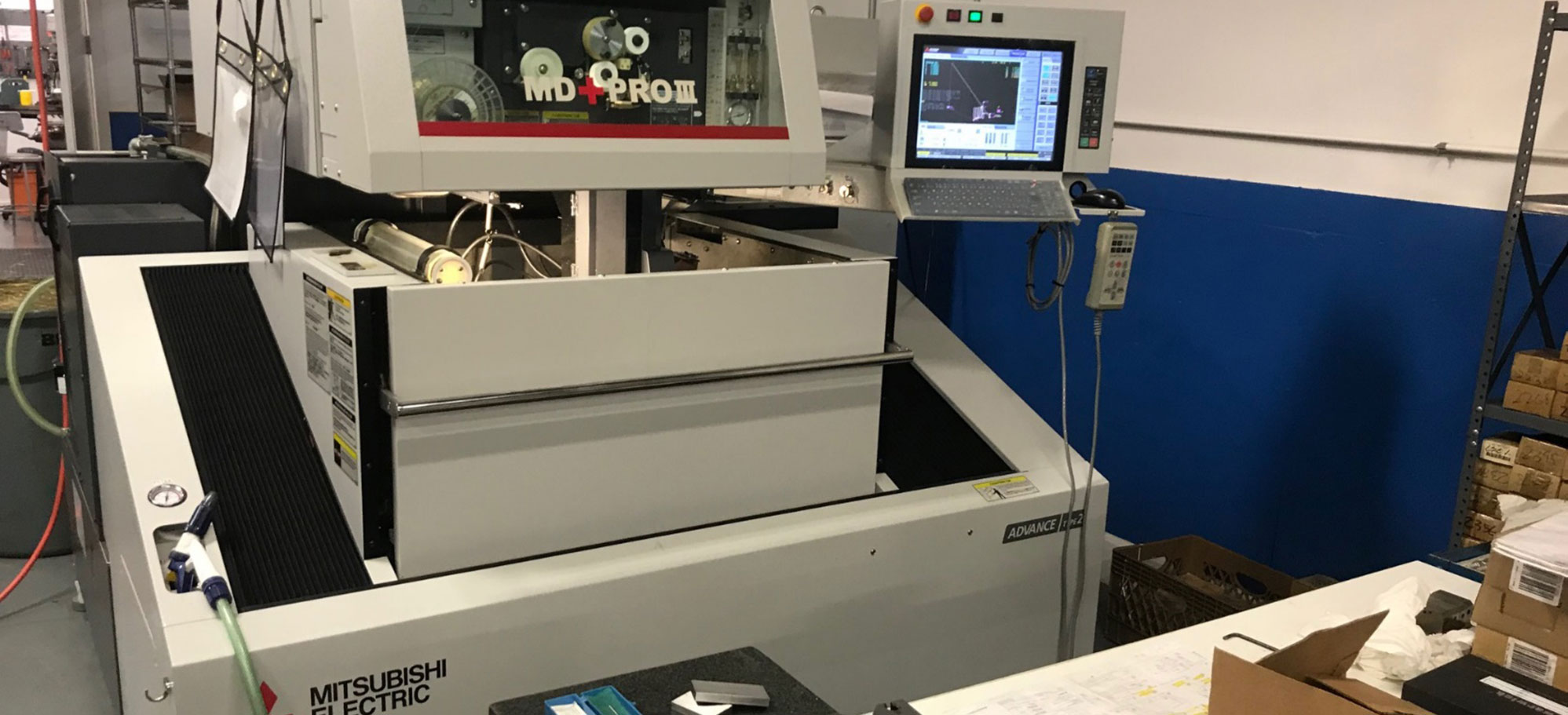
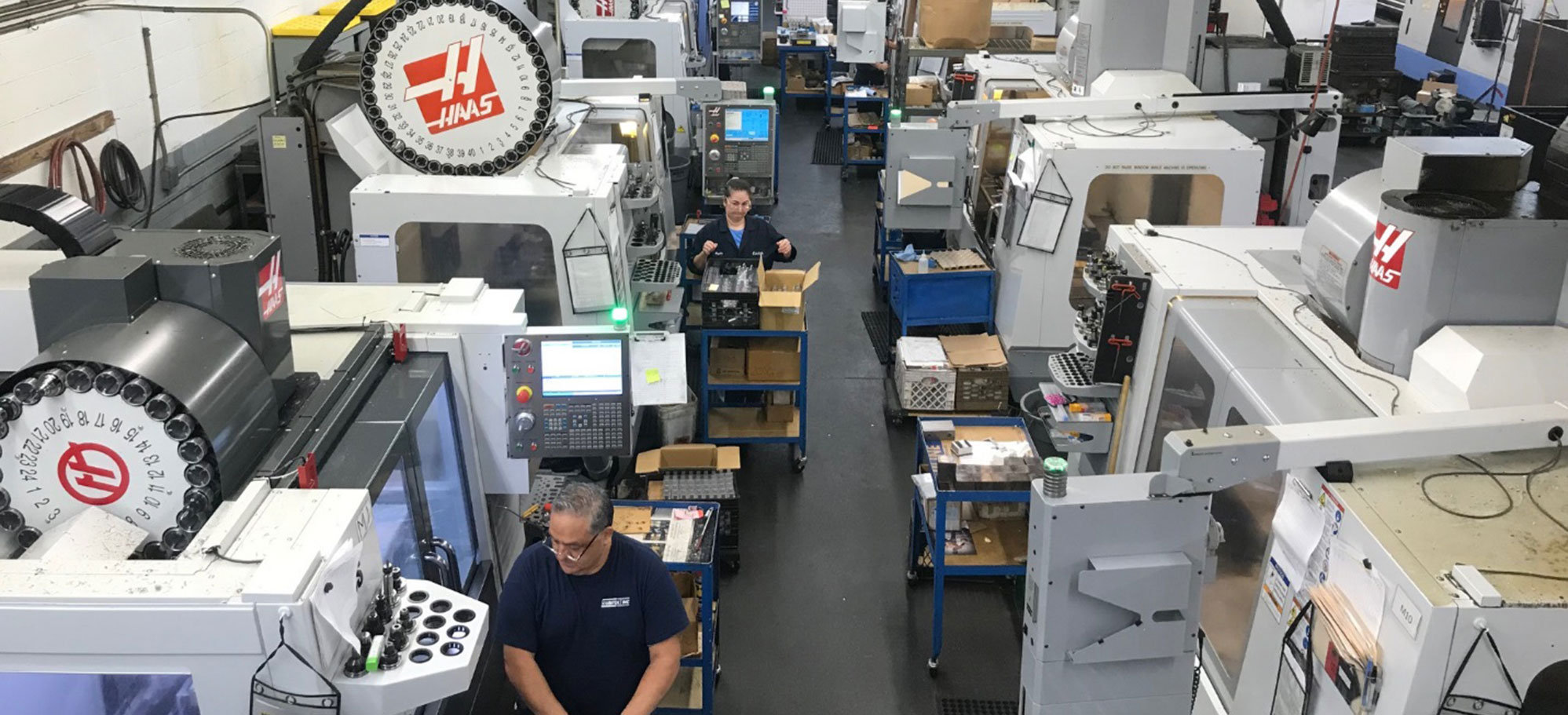
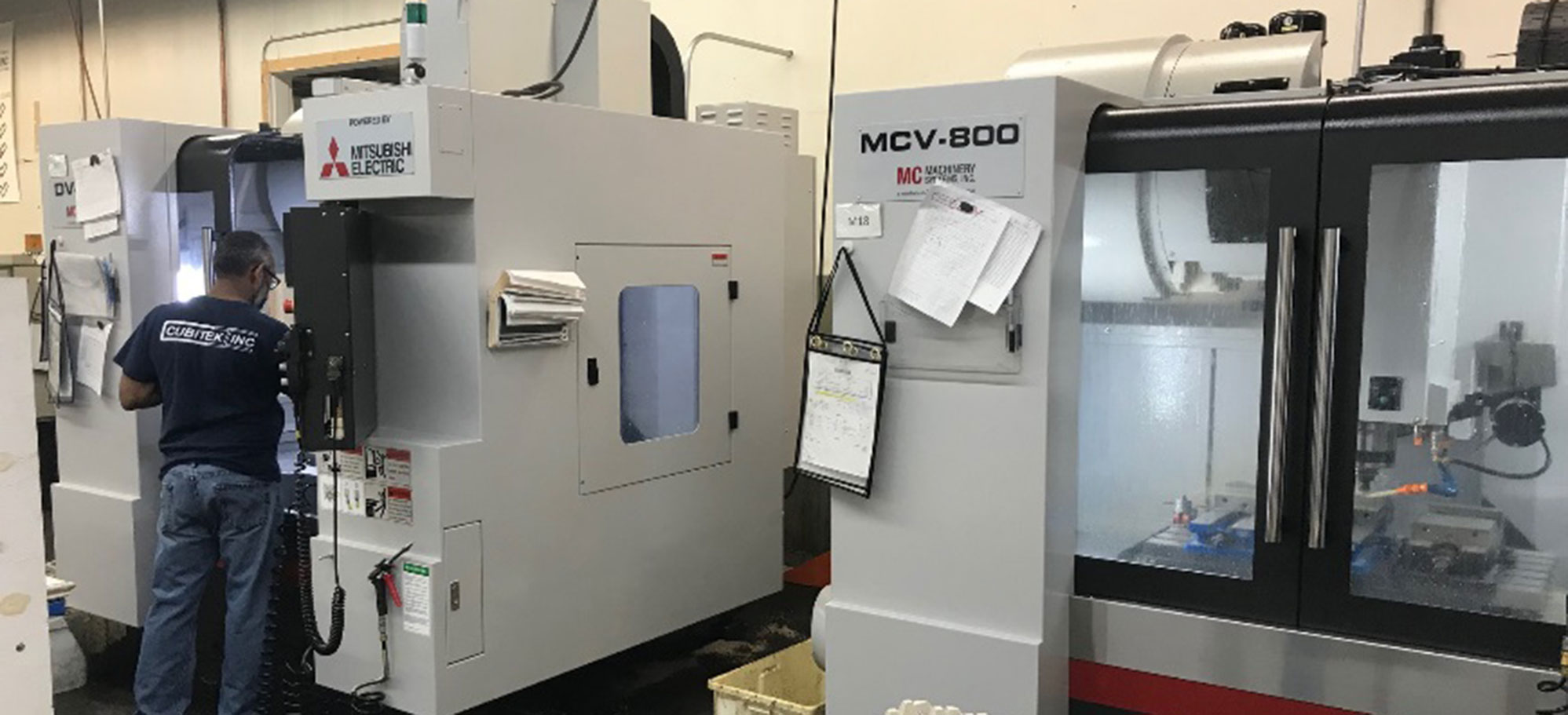
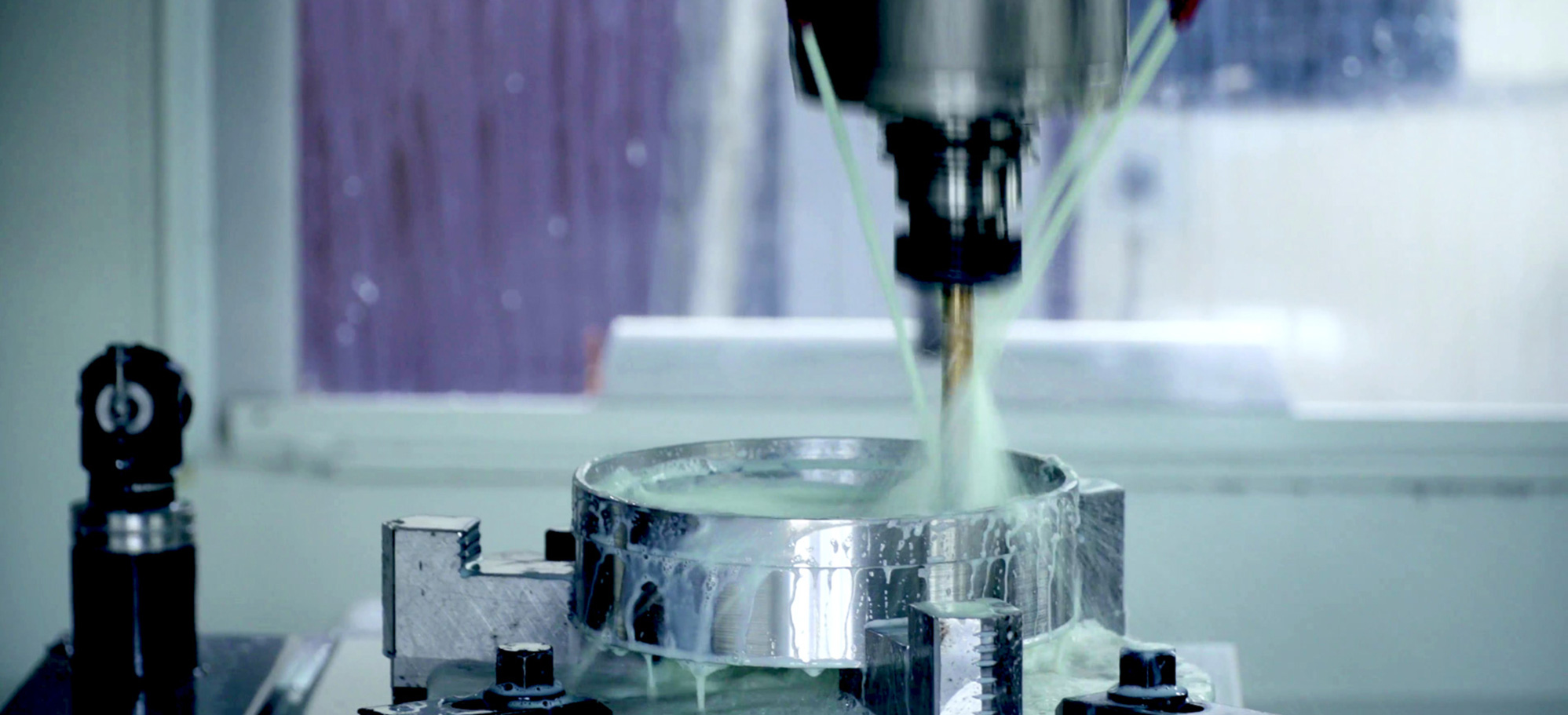
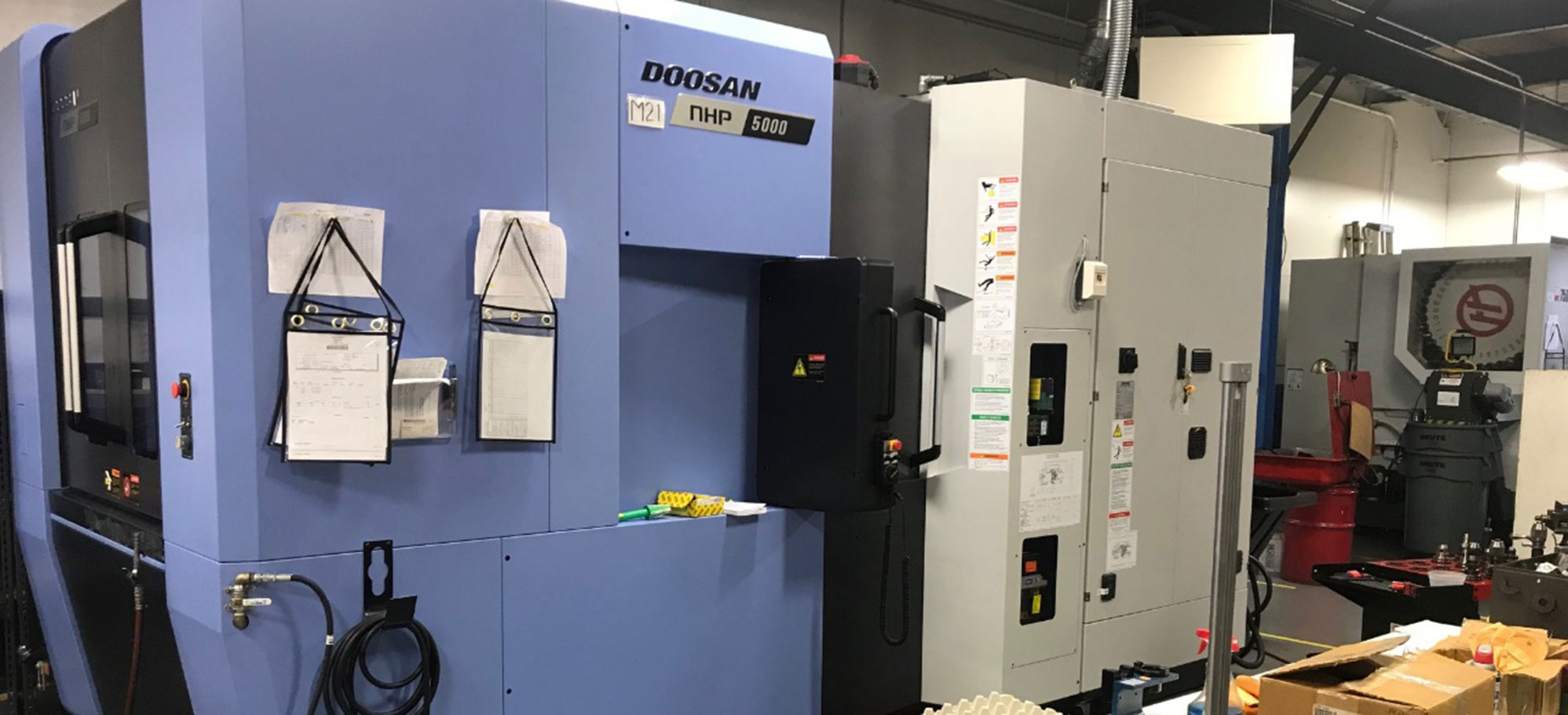
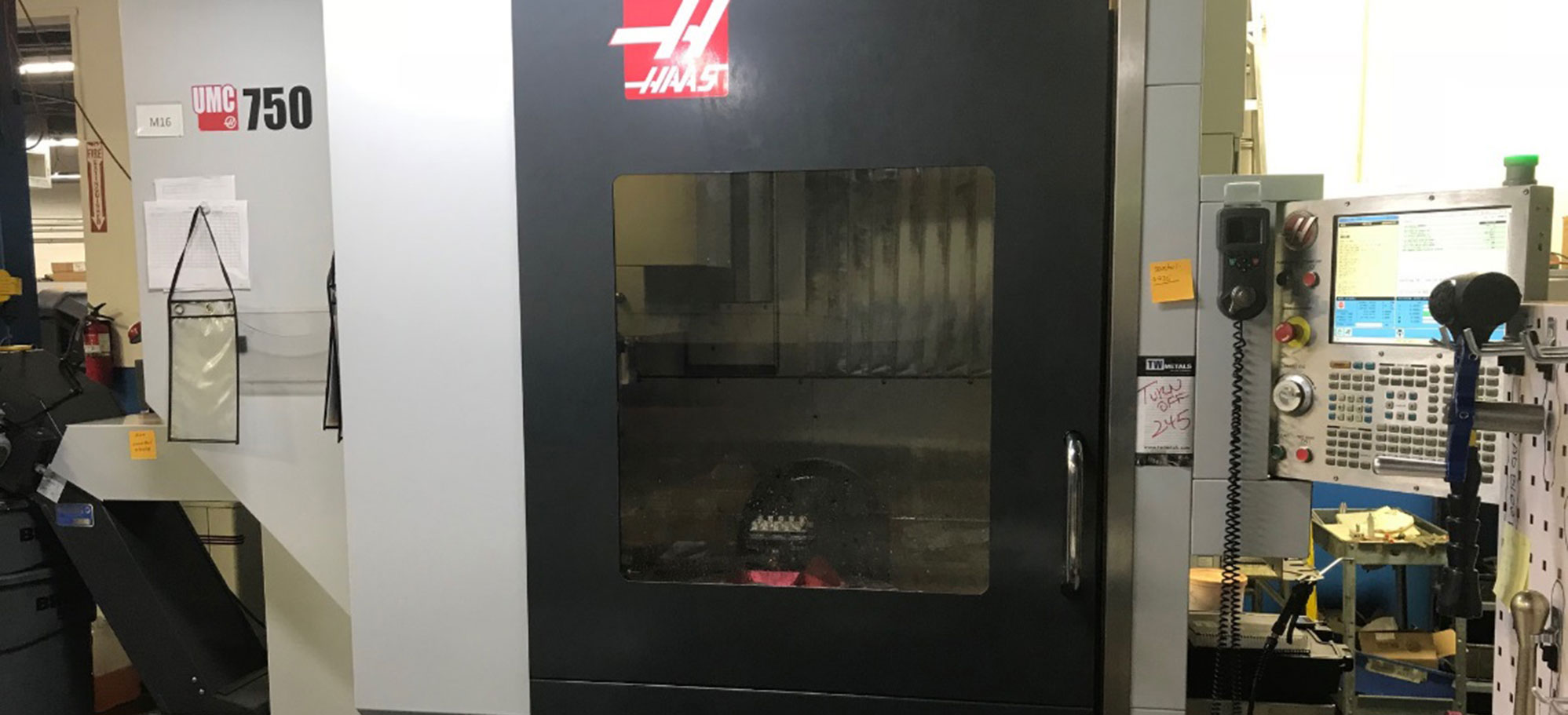

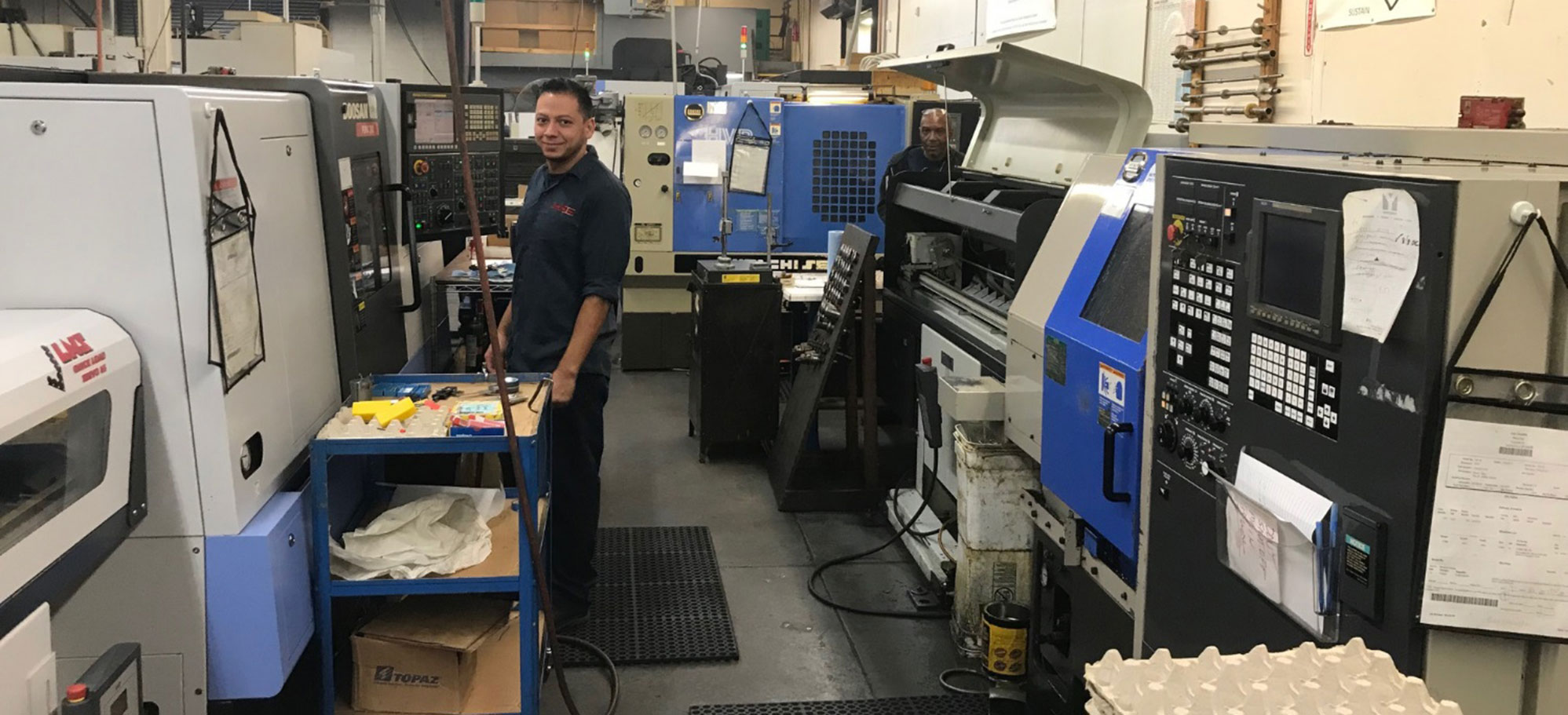



















 President, Quality Manager Daniel graduated from SUNY Binghamton in 1983 with a degree in Business Management. He is responsible for all final inspections, all outside services, purchasing and sales.
President, Quality Manager Daniel graduated from SUNY Binghamton in 1983 with a degree in Business Management. He is responsible for all final inspections, all outside services, purchasing and sales.
 Vice President, Production Manager Peter graduated from Stony Brook University in 1980 with a degree in Biology. He is responsible for methodizing and programming all aspects of each new part, along with machine setup, tooling and supervising the factory.
Vice President, Production Manager Peter graduated from Stony Brook University in 1980 with a degree in Biology. He is responsible for methodizing and programming all aspects of each new part, along with machine setup, tooling and supervising the factory.
 Treasurer, Office Manager Judy graduated from Stony Brook University in 1980 with a degree in Psychology and Anthropology. Upon graduation she worked as a Software Engineer for General Instrument Corporation until 1987 when she left to become a full time mom. Once the little ones started nursery school, Judy began working from home for AES-Group as a purchasing agent of spare parts to support the Royal Thai Airforce and Navy. She gave that up in 2003 to work full time for Cubitek. Judy is responsible for all areas of accounting, order entry, reviewing open orders and customer service.
Treasurer, Office Manager Judy graduated from Stony Brook University in 1980 with a degree in Psychology and Anthropology. Upon graduation she worked as a Software Engineer for General Instrument Corporation until 1987 when she left to become a full time mom. Once the little ones started nursery school, Judy began working from home for AES-Group as a purchasing agent of spare parts to support the Royal Thai Airforce and Navy. She gave that up in 2003 to work full time for Cubitek. Judy is responsible for all areas of accounting, order entry, reviewing open orders and customer service.
 Ethan graduated from SUNY Geneseo in 2011 with a degree in Business and International Relations. He has worked summers and school breaks since he was a teenager and finished his MBA full time at Baruch College in Manhattan in 2018. Ethan and has taken on all production planning and scheduling.
Ethan graduated from SUNY Geneseo in 2011 with a degree in Business and International Relations. He has worked summers and school breaks since he was a teenager and finished his MBA full time at Baruch College in Manhattan in 2018. Ethan and has taken on all production planning and scheduling.

